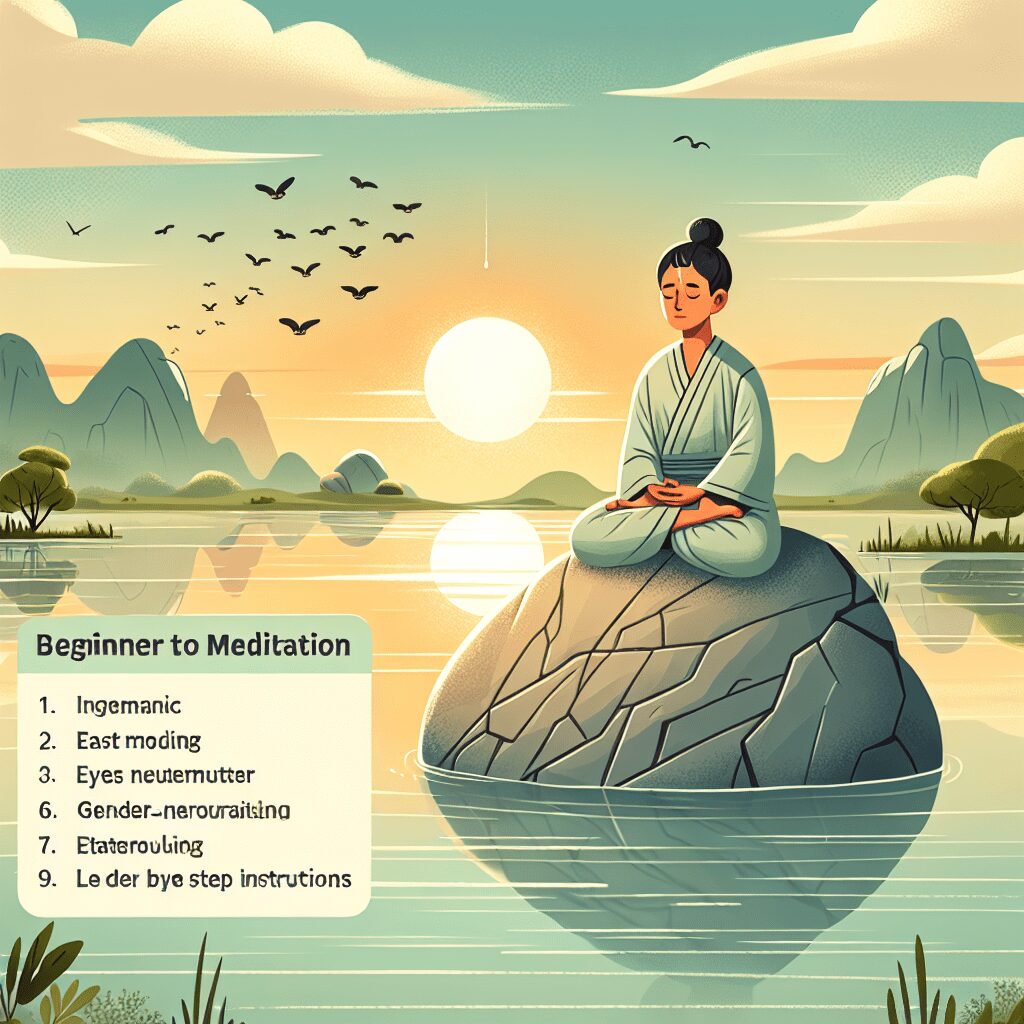
Prioritize your mental well-being daily. Enhance your life by nurturing your mental health with the Smart Meditation app. Break free from stress, alleviate anxiety, and enhance your sleep quality starting today.
Can Klonopin Make Anxiety Worse?
Unraveling the Paradox: Can Klonopin Intensify Anxiety?
In the intricate dance of anxiety management, Klonopin steps onto the stage as a benzo with a bit of a complex character. Primarily prescribed for its tranquilizing powers, this medication, known scientifically as clonazepam, is often a go-to for those plagued by the jittery hands and racing thoughts characteristic of anxiety disorders. However, it’s not all smooth sailing—there’s a twist in the tale. Amidst its calming serenade, whispers in the medical community suggest that Klonopin might, paradoxically, fan the flames of anxiety in some cases.
The Double-edged Sword: Klonopin’s Effect on Anxiety
At the heart of Klonopin’s mode of action is its ability to enhance the effects of GABA, a neurotransmitter that plays the role of the central nervous system’s brakes. By pumping up GABA’s volume, Klonopin effectively dials down the nervous system’s overall activity, leading to a decrease in anxiety, at least in theory.
However, here’s the kicker: Not everyone’s brain chemistry waltzes to the same tune. For a subset of folks, Klonopin might act like that friend who, in an attempt to calm you, ends up hyping you up instead. So, what gives?
The Pendulum Swing: When Relief Turns to Discomfort
A couple of scenarios might throw a spanner in the works, turning Klonopin from a beacon of relief to a source of increased anxiety:
-
Tolerance Development: Over time, the body might get used to the presence of Klonopin, akin to a coffee drinker who no longer gets a buzz from their morning cup. As tolerance builds, the initial calming effect may wane, potentially leading to a resurgence of anxiety symptoms, sometimes with a vengeance.
-
Rebound Anxiety: This one’s a bit of a boomerang effect. When Klonopin leaves the body’s system, it may take with it a sense of calm, leaving in its wake an intensified state of anxiety, a phenomenon known as “rebound anxiety.” It’s akin to the silence being too loud after a party’s over.
-
Withdrawal Woes: For those who decide it’s time to part ways with Klonopin, the road can be bumpy. Withdrawal symptoms can include, you guessed it, increased anxiety, along with a whole host of not-so-pleasant parting gifts (think tremors, sweating, and insomnia).
-
The Paradoxical Reaction: Though rare, some individuals pull the short straw and experience increased anxiety as a direct response to taking Klonopin. This paradoxical reaction is like throwing water on a grease fire, expecting to douse it but ending up fanning the flames instead.
Steering Through the Storm: Managing Klonopin’s Effects
So, where does this leave you if you’re navigating the choppy waters of anxiety management with Klonopin? Here are a few lifelines:
-
Stay in Close Contact with Your Doc: This can’t be stressed enough. Keeping your healthcare provider in the loop allows for adjustments and tweaks to your treatment plan that can help steer clear of exacerbating anxiety.
-
Taper Town: If the decision is made to bid adieu to Klonopin, doing so gradually under medical supervision can help mitigate withdrawal symptoms and keep the anxiety monster at bay.
-
Alternative Avenues: Exploring other treatment options, including other medications, therapy, lifestyle changes, and natural remedies, can provide additional support without solely relying on Klonopin.
In the grand scheme of things, while Klonopin can be an effective ally in the battle against anxiety, it’s essential to tread carefully, paying close attention to how your body and mind respond. After all, in the quest for calm, the last thing anyone needs is a plot twist in the form of heightened anxiety. Armed with the right knowledge and support, however, navigating this potential paradox can lead to a story of recovery and resilience.





